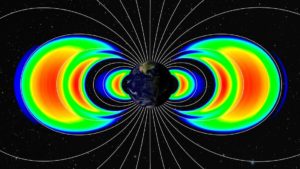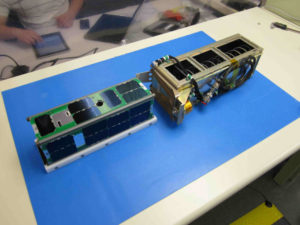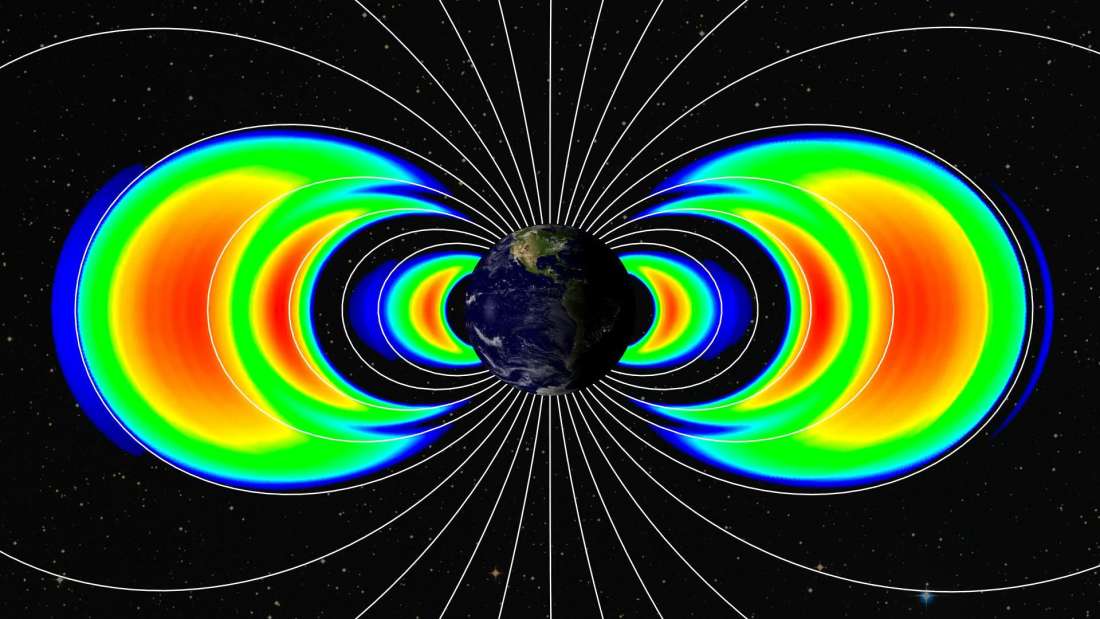Finally, scientists have solved a 60-year-old mystery about Earth’s Van Allen radiation belts, thanks to a tiny orbiting satellite and students at the University of Colorado Boulder.
Published in Nature, the study looked at the source of high-energy electrons in Earth’s inner radiation belt. The Van Allen belts are two large belts of radiation that surround Earth. Since their discovery in 1958, no one was sure where the high-energy electrons in the Van Allen belt’s inner edge came from.
Researchers suggest the electrons likely are caused, indirectly, by supernovae. In a process called “cosmic ray albedo neutron decay” (CRAND), cosmic rays eventually collide with Earth’s atmosphere and strike neutral atoms.

In turn, these high-energy particle collisions produce charged particles–like electrons–that then become trapped by Earth’s magnetic field. Some try to escape the atmosphere, but they become trapped by Earth’s magnetic field. This creates the Van Allen belts.
High-energy electrons are a problem for astronauts on spacewalks and can also damage sensitive electronic equipment in orbit. Understanding where they come from can help us forecast their arrival in near-Earth space.
“We are reporting the first direct detection of these energetic electrons near the inner edge of Earth’s radiation belt,” said Professor Xinlin Li, the study’s lead author. “We have finally solved a six-decade-long mystery.”
The data collection in space was possible due to a CubeSat named the Colorado Student Space Weather Experiment (CSSWE). CubeSats are small, relatively inexpensive satellites that are gaining more use because they allow micro-experimentation because they can be developed quickly and launched into orbit inexpensively. CSSWE was launched back in September 2012.

On board the satellite was an instrument called the Relativistic, Electron and Proton Telescope. As the CubeSat orbited Earth at over 800 kilometers, it collected data on the Van Allen belts’ interactions with the Earth’s atmosphere. It stopped transmitting data about three years after launch.
“This is really a beautiful result and a big insight derived from a remarkably inexpensive student satellite, illustrating that good things can come in small packages,” said study co-author Daniel Baker.



